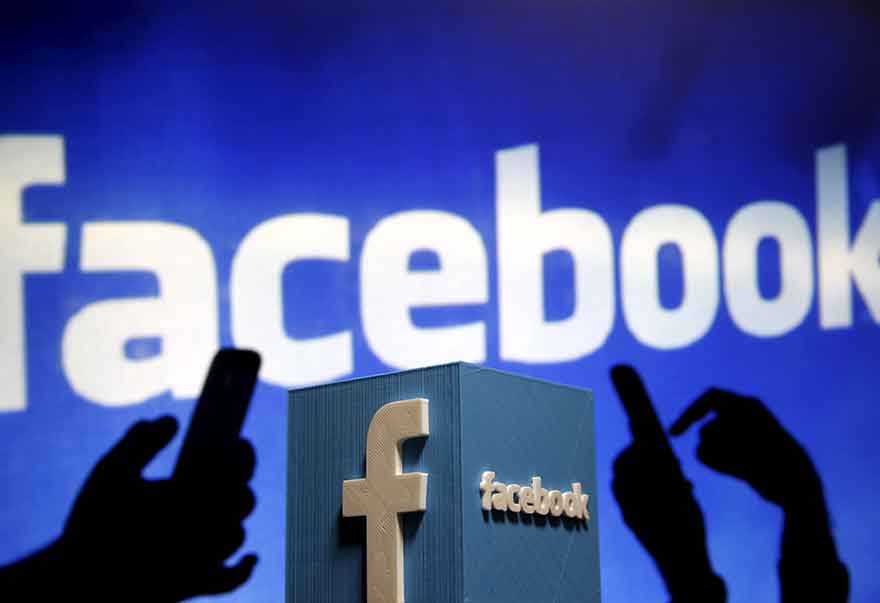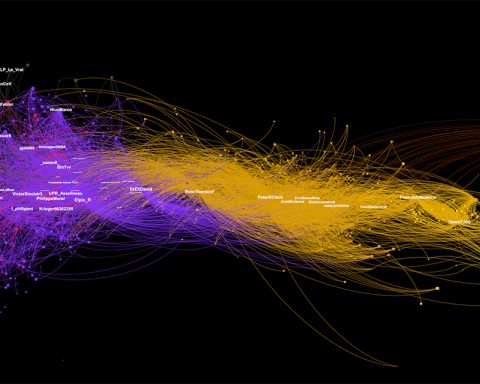"How do you find out? "This is the question Médiamétrie asked more than 3,000 French people at the beginning of 2016* as part of the Actu 24/7 survey. The first wave of the survey was carried out at the end of 2013. The French are still "addicted" to information and loyal to the traditional media (radio, TV, press). But social networks are an entry point to information that is progressing.
*Study carried out in the context of post-attack news.
Vdrunk and cut off from the noise of the world? This is by no means a common practice. On the contrary, 98 %s of the 18 years old and over declare to consult the news, 90 of which %s daily; and even several times a day for almost two thirds of them (63%s). Only 2 % never do so, half of them because "they are not interested".
Carried out from 27 January to 16 February 2016, with a sample of 3,105 individuals representative of those over 18 years of age, the multimedia study Actu24/7 confirms a continuing strong appetite for current events.
Between 2013 and 2016, habits have remained fairly stable, both in the privileged moments for getting information - in the morning between 6am and 9am and in the evening between 6pm and 9pm and during the week more than at weekends - and in the use of traditional media to get information. A new fact: the 2016 study highlights a significant increase in the use of digital information media.
Thus, 38 % of the population - compared to 34 % in 2013 - declare that they access information from the Internet either through :
- News pages on the web (from web portals) ;
- The pure players of online information (Slate, Rue89, Mediapart, Huffington Post...) ;
- Social networks (Facebook, Twitter, Youtube, Google, Instagram... )
These information channels are mainly used by 18-24 year olds (77%) and increasingly by CSP+ (49%).
"With 17% of individuals reporting that they get information through this channel, compared to 12% in 2013, the social network channel is gaining in importance. Among 18-24 year olds, it is even one of the 3 most used means, cited by 63 % of respondents, almost on a par with continuous news channels (64 %), although still far behind television news (84%)". comments Jamila Yahia-Messaoud, Director of Médiamétrie's Media Behavior and Ad'hoc Department.
The first network cited by 83% of social network users is Facebook, ahead of Twitter (35 %) or YouTube (32%). 51% of 18+ year olds who consult social networks for information consult at least two of them.

A personalized news feed
Social networks meet two essential expectations: immediacy and selectivity of information relevant to the user. For half of them, the "rapid updating of information" is mentioned as a reason to use social networks to get informed. But the first lever, cited by 51 % of 18 year olds and over who consult social networks, is their ability to offer personalized content, to centralize and allow them to choose the information that interests them.
Social networks deliver a "personalized news feed", information adapted to the user's preferences, whether it is "pushed by relatives, friends or the network itself" thanks to algorithms that have got to know the user, explains Jamila Yahia-Messaoud.
This phenomenon echoes the growing proportion of individuals declaring themselves to be selective, being interested only in certain subjects: this group comprises 22 % of individuals in 2016, i.e. 4 points more than in 2013.
Moreover, although interest in information is widely shared among the population and some topics are of greater interest than others (particularly health/science, international news or culture), preferences are more or less marked according to individual profiles: older people like local news; young people like topics related to new technologies.
Complementary to traditional media
However, this means of access to information is seen as complementary to, but not replacing, traditional media. The first activity of individuals who inform themselves on social networks is to "read articles shared by friends" (84 %), articles often taken from traditional media pages. In addition, 51 %s learn about social networks by following a traditional media page.
Consulting social networks is not enough. While the top satisfaction rating in terms of information goes to generalist radio stations (rated 7.4 /10), followed by the national daily press, 24-hour news channels, etc., social networks come at the bottom of the pack, with a satisfaction rating of 6.6, which has not improved since 2013, unlike generalist radio stations, the daily press or TV news. Even among the 18-24 year olds who are the biggest users, they receive a lower satisfaction rating than radio, PQN or 24-hour news channels.
Perceived as real-time information feeds, innovative media, social networks do not, however, offer any hindsight on events, nor the ability to analyze them, according to the respondents.
However, two of the most important satisfaction criteria for the information media are to provide well detailed and analysed information and to allow people to take a step back from the information. As in 2013, it is expected that the media will primarily provide surveys and expert analysis. Thus, the television news remains a sure value, used by 80 % of the population to inform themselves. 64 % of young people aged 18 to 24 say they get their information via the news, which does not mean regular monitoring but shows that it remains an indispensable means for them. Continuous news channels are gaining ground.
The limit of social networks for information is particularly sensitive in the case of significant events, defined as unexpected or important.
These circumstances are changing information consultation habits, with an increase in the use of continuous news channels (from 52 % of the population consulting them in normal times to 59 % during a milestone event). This increase is to the detriment of other media, particularly social networks (17 % of the population consulting them in normal times, 16% in the case of milestone events). This is a sign that even if a social network like Facebook has entered the information circuit on the event at full speed, notably by launching the "Safety Check" during the Paris attacks, social networks remain far behind the news channels when strong news emerges - although more used than in 2013 (16% in 2016 vs.12% in 2013) - which raises expectations for more in-depth facts and live coverage.
Source: Isabelle Repiton - Mediametrie 29/11/2016













